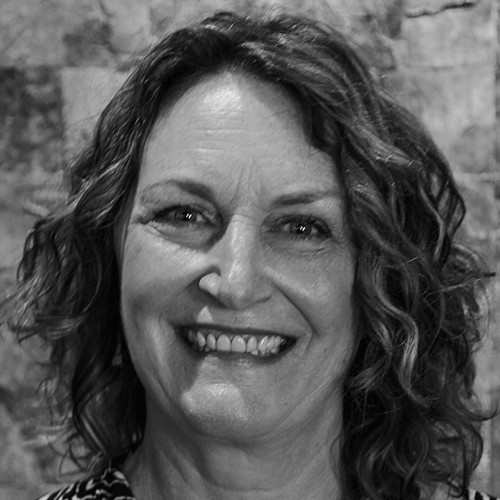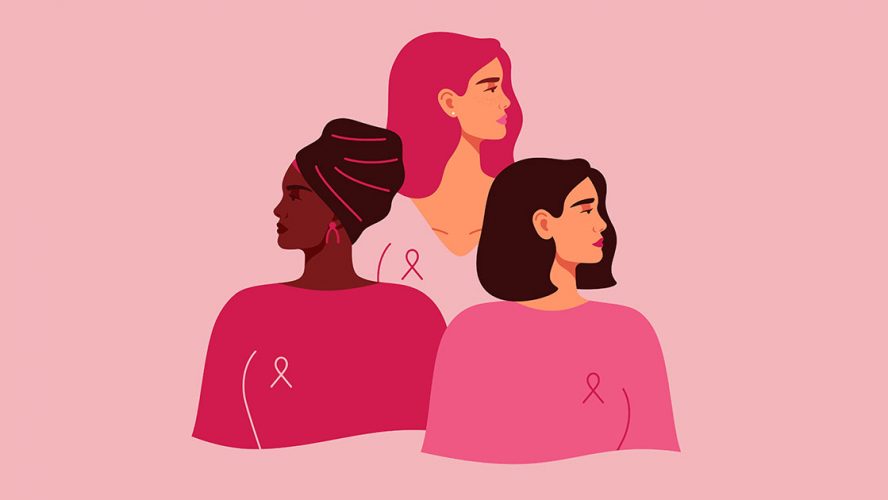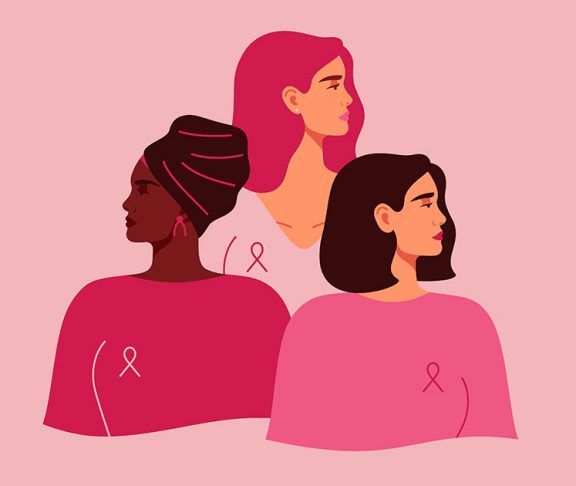No two cases of cancer are the same. We’re moving away from the one-size-fits-all treatment approach toward personalized therapies.

Susan McClure
CEO, Genome Creative
I’ve met many people who’ve been diagnosed since my own cancer “event” in 1997, but my friend Leigh was the first when she shared the same diagnosis 10 years later. When we met for lunch to discuss her news, she was distraught. “Look,” I said, “we have the exact same diagnosis. They’re recommending the same treatment plan that I was given, and I’m still here, aren’t I? You’re young, you’re strong, and you’re going to beat this!”
Leigh left our conversation feeling more hopeful and began chemotherapy a few days later.
Leigh caught her breast cancer early, before it spread to any lymph nodes. Like mine, her cancer was “triple-negative.” To best describe what triple-negative breast cancer (TNBC) is, it’s easiest to describe what it isn’t. It isn’t driven by the hormones estrogen or progesterone, and it doesn’t have high levels of HER2 protein. Of all the targeted therapies available, this type of breast cancer didn’t seem to have any targets.
To make matters worse, it affects younger women, is more aggressive, and offers a poorer prognosis, primarily because of delayed diagnoses and limited treatment options. It tends to strike more Black and Hispanic women, and those with a BRCA1 mutation. Approximately 15 percent of breast cancer cases are considered TNBC.
No cancer is the same
After six months of treatment, Leigh was declared cancer-free. Just a few months later, she called to tell me she was experiencing a nagging pain in her rib. It’s common to worry about every ache and pain for months and sometimes years after treatment, but I told her she should call her doctor. Her healthcare team assured her it was probably nothing but recommended that she come in. To everyone’s horror, her cancer was not only back, but it was everywhere. Leigh died just a few months later.
What I’ve learned since her death is that our cancers weren’t the same. Today we know that the individual characteristics of a person’s cancer make each case unique. We’re moving away from the one-size-fits-all treatment approach to personalized therapies that have been designed to interact with genetic biomarkers that either protect us from or promote cancer’s growth.
In 2020, the U.S. Food and Drug Administration approved the first personalized medicine for people with TNBC. Although this development arrived too late for Leigh, it could not be more welcome for the tens of thousands of people diagnosed with TNBC each year.

